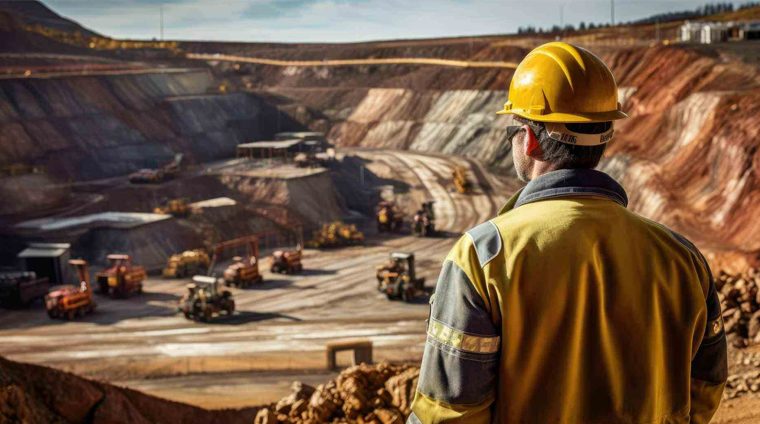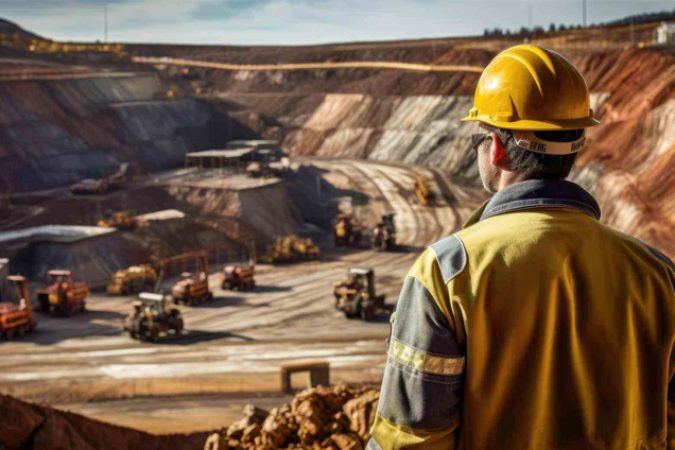GMGIS-GIS Applications in Geology and Mineral Exploration 03
Introduction
This advanced training program is designed for senior geologists, GIS specialists, and exploration managers who require expertise in high-level GIS applications, predictive mineral exploration models, geospatial machine learning, and 3D GIS-based resource modeling. The course focuses on deep integration of geological, geophysical, and geochemical data using GIS for mineral targeting with applications for phosphate, gold, and bauxite deposits.
Date
Day | Time | Price | Country |
|---|---|---|---|
Mon – Wed | 8:00 – 10:00 | $5/hrs | Turkey |
Tue – Thu | 18:00 – 19:00 | $5/hrs | Turkey |
Wed – Fri | 20:00 – 21:00 | $5/hrs | Turkey |
Sat – Sun | 18:00 – 19:00 20:00 – 21:00 | $8/hrs | Turkey |
This Training Course Will Highlight
- Advanced geostatistical and machine learning applications in GIS.
- 3D GIS and resource estimation modeling for ore body delineation.
- Predictive mineral prospectivity mapping using artificial intelligence.
- Big data analytics and GIS-driven exploration decision-making.
- Application of GIS in mineral economics and feasibility studies.
Objectives
- Understand the basic principles of GIS and its applications in geology.
- Learn how to create geological maps and manage spatial data.
- Gain an understanding of spatial analysis techniques for mineral exploration.
- Develop skills in handling and visualizing geochemical and geophysical datasets.
- Learn how to use GIS software for mineral prospectivity analysis.
Training Methodology
- Instructor-led presentations on GIS fundamentals.
- Hands-on exercises using GIS software (e.g., ArcGIS, QGIS).
- Basic geological and mineral mapping exercises.
- Step-by-step demonstrations of spatial data processing.
- Interactive Q&A sessions on GIS applications in exploration.
- Case Study: GIS-based geological mapping for phosphate or gold exploration.
Organizational Impact
- Enhances geological and exploration data management through GIS.
- Improves targeting efficiency and decision-making in mineral exploration.
- Strengthens technical capabilities in spatial data interpretation.
- Supports better integration of geospatial data with geological datasets.
- Reduces exploration risks by optimizing data analysis and visualization.
Personal Impact
- Develops fundamental GIS skills applicable to geology and mineral exploration.
- Improves spatial analysis and map creation capabilities.
- Strengthens ability to interpret geological and geophysical data using GIS.
- Expands career opportunities in mining and mineral exploration companies.
- Builds confidence in working with GIS tools for mineral prospectivity mapping.
Who Should Attend?
- Entry-level geologists and exploration geoscientists.
- GIS specialists working in mineral exploration and mining.
- Mining engineers involved in spatial analysis and planning.
- Government and regulatory personnel in geological survey departments.
- Undergraduate geology, mining, and GIS students.
- Environmental geologists interested in GIS applications for mining projects.
- Technical staff involved in geological data management.
Course Outline
Day 1
Advanced Geospatial Data Processing and Database Management- Handling and managing large-scale GIS datasets for mineral exploration.
- Advanced GIS scripting (Python, R) for geological data automation.
- Building dynamic geospatial databases for exploration projects.
- Remote GIS-based data collection and field integration.
- Using cloud-based GIS applications for real-time mineral exploration.
- Geospatial database development for a multi-commodity exploration project.
Day 2
Advanced Geostatistics and Mineral Resource Modeling in GIS- Application of variography in mineral resource evaluation.
- Advanced interpolation techniques – Ordinary Kriging (OK) vs. Indicator Kriging (IK).
- Integration of GIS with geostatistical software (Surfer, Leapfrog, GeoStats).
- Modeling complex ore bodies using 3D GIS techniques.
- Uncertainty assessment in geostatistical mineral exploration models.
- 3D resource estimation for a gold deposit using GIS.
Day 3
Predictive Mineral Prospectivity Mapping and AI in GIS- Machine learning algorithms for mineral prospectivity mapping.
- Training and validating GIS-based predictive models.
- Combining GIS with artificial intelligence (AI) for mineral targeting.
- Big data analytics in GIS-driven mineral exploration.
- Optimization of exploration drilling programs using GIS-AI models.
- AI-assisted GIS modeling for phosphate mineral exploration.
Day 4
Remote Sensing and GIS Integration for Advanced Mineral Exploration- Using LiDAR and drone-based remote sensing data in GIS.
- Advanced spectral unmixing techniques for ore detection.
- Thermal infrared (TIR) and Shortwave Infrared (SWIR) applications in GIS.
- Real-time remote sensing and GIS-based environmental impact monitoring.
- Integrating hyperspectral data with GIS for structural geology interpretation.
- Multi-sensor GIS analysis for identifying bauxite deposits.
Day 5
Exploration Risk Management and Economic Analysis Using GIS- Geospatial risk assessment models for mineral exploration.
- Economic modeling of mining projects using GIS spatial analysis.
- GIS-based cost optimization for exploration targeting and drilling.
- Decision-support systems (DSS) for GIS-driven exploration projects.
Cancellation policy
no refund is accepted
Certificate


Step Into a World of Knowledge and Growth
Courses you might be interested in
-
0 Lessons
-
0 Lessons

